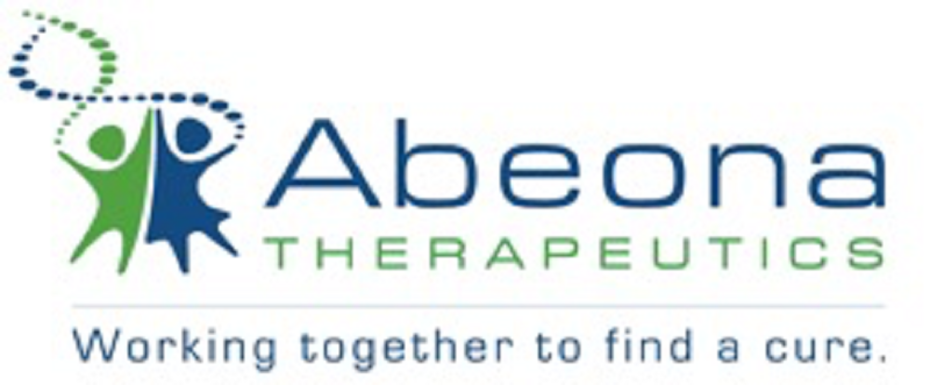Update on Abeona's EB-101 cell therapy development for RDEB in the US
The decision from the U.S. Food and Drug Administration (FDA) could be as early as mid-2024, provided the FDA grants the submission Priority Review Status. Typically, the decision-making process takes 10 months after the submission of approval documents, but with Priority Review Status, it would only take 6 months. The FDA has already designated EB-101 as an Advanced Therapy of Regenerative Medicine, a groundbreaking therapy, and an orphan drug for rare diseases and rare pediatric diseases.
What is EB-101?
EB-101 could potentially become the first individualised cell therapy for RDEB patients. It has the potential to offer years of wound healing and pain relief after a single application. However, this therapy has not yet been approved.
How does EB-101 work?
EB-101 works by introducing a functional (healthy) version of the collagen 7 gene into the epidermal cells of the affected person. Consequently, these cells can produce a functional collagen 7 protein, ensuring the cohesion of the skin layers.
How is EB-101 administered?
The functional gene is delivered using a modified virus, which is used to introduce the gene into the cells. The gene-corrected cells are then grown in a laboratory to generate corrected skin, which is subsequently surgically transplanted onto a skin wound. It is expected that the skin graft will produce the collagen 7 protein, promoting wound healing.
What is the basis for potential approval?
The documents submitted to the FDA as a Biological License Application (BLA) are primarily based on data from a phase 3 clinical trial known as VIITAL (NCT04227106). This pivotal trial involved 11 people with RDEB in the US, aged 6 to 40 years, who had wounds that had been open for at least six months. You can find more information in the news article on the EB Resnet website from November 2022.
